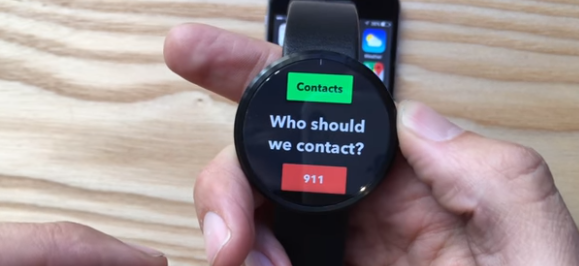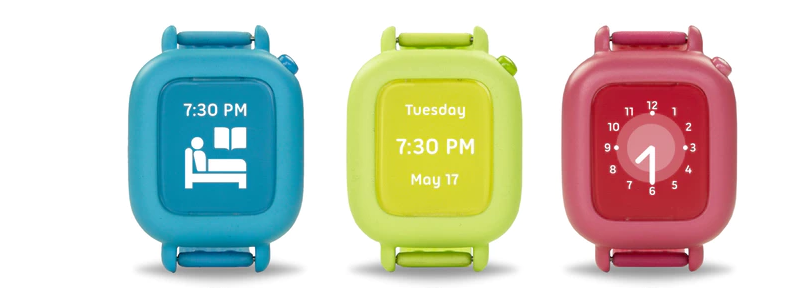Cardiac arrest is a leading cause of death in the U.S., and every minute that passes without defibrillation and life support intervention reduces the possibility of survival.
 IBeat is a 24-hour, heart-monitoring smartwatch that can immediately notify the user, as well as his or her family and 911 in case of a heart-related emergency. Its medical-grade sensors constantly monitor heart activity and detect emergencies.
IBeat is a 24-hour, heart-monitoring smartwatch that can immediately notify the user, as well as his or her family and 911 in case of a heart-related emergency. Its medical-grade sensors constantly monitor heart activity and detect emergencies.
IBeat ships in July at future pricing of $459. But Indiegogo backers have been able to reserve one for a pledge starting at $99 for early birds. Its makers hope to raise $50,000 by Oct. 30.
There are many other smartwatches on the market already, many of them that feature heart monitoring, including Pebble 2 and Pebble Time 2. But few rival products continuously monitor heart rate around the clock like iBeat does. Not all rival products include GPS and some that do, unlike iBeat, charge extra for that feature. Unlike most rival products, iBeat users also don’t have to use it in conjunction with a smartphone.
There are, however, potential negatives for some consumers. First, after a free year of monitoring service, the iBeat watch monthly monitoring fee becomes $17. It is, meanwhile, a single-profile device that’s not designed to be used by more than one person. It is also only being targeted at the U.S. market for now, but its makers say that, in the near future, they plan to offer an international version of iBeat with multi-language support.



 Smartwatches are a paradox. They extend some of the capabilities of the smartphone by putting notifications and other functionality on the wrist but they also have serious limitations because of their size (including their puny batteries), comfort requirements, and limited input. They require even more functional tradeoffs than smartphones and unfortunately that may include things important to certain buyers
Smartwatches are a paradox. They extend some of the capabilities of the smartphone by putting notifications and other functionality on the wrist but they also have serious limitations because of their size (including their puny batteries), comfort requirements, and limited input. They require even more functional tradeoffs than smartphones and unfortunately that may include things important to certain buyers